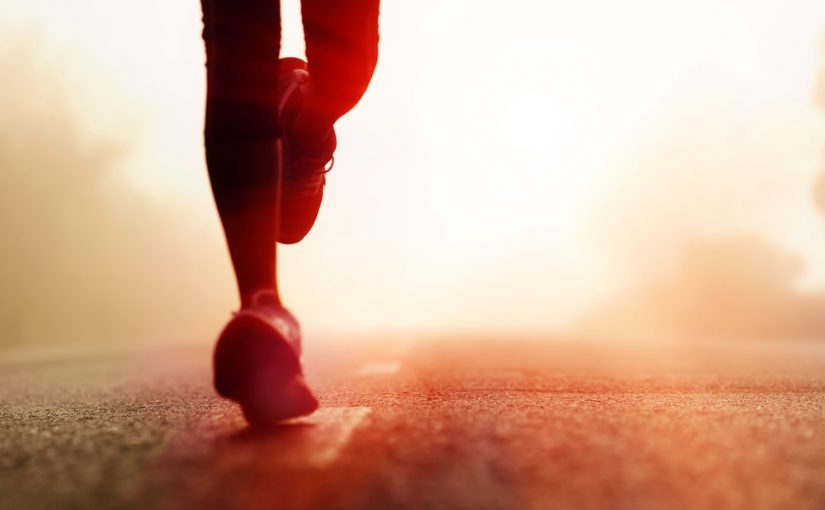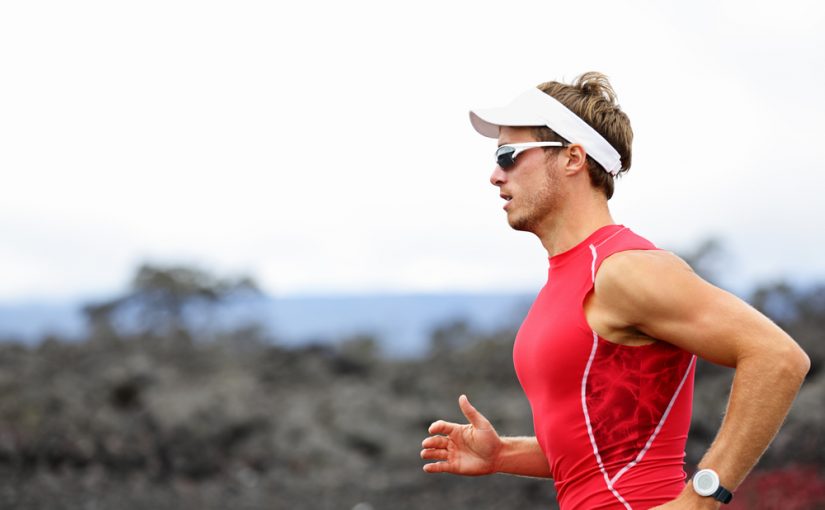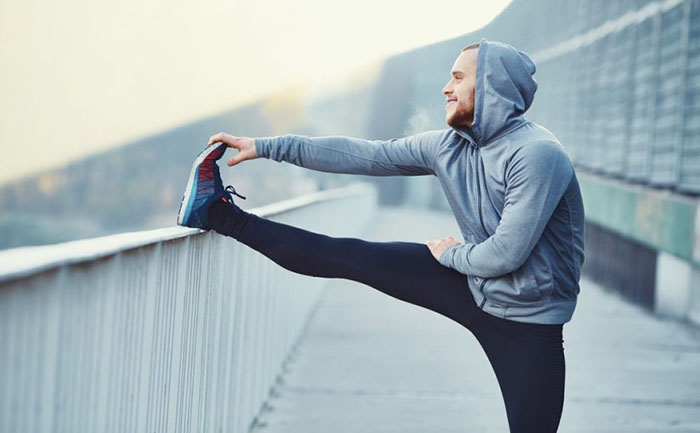Each runner has his preferences and each surface its pros and cons. There is no one better than another, they are simply different. You will have to take into account your physical condition and the goals you are pursuing before deciding on the ideal surface on which you should run. Keep reading!
A road, a dirt road, the seashore or an athletics track. In reality, everything is ground that you step on, but with very different characteristics that should be known because they influence when taking each step. When do running, your legs and your whole body must adapt to the level of effort required for each tour. The surface on which you run determines the impact suffered by your lower extremities, directly influencing aspects such as speed or resistance in the race.
The different terrains for running training
Experts agree that the ideal is to vary and run on different surfaces to have a more complete training that avoids falling into the stagnation and monotony that can always be done on the same running route. Take a look at what each surface offers you when running:
Asphalt
Do you want to run on asphalt? On a paved track you can enjoy your favorite sport to the fullest, especially if your goal is to gain speed by running. In principle, a track with these characteristics is smooth and homogeneous and you can run without having to be aware of possible obstacles on your route. As a disadvantage of running on asphalt, it is, without a doubt, the hardest surface you face and the impact in each stride is noticeable, so shoes with optimal cushioning are essential.
Synthetic material
If you train to improve your running records in terms of speed, a track prepared and covered with synthetic material is the best surface for running. It is designed so that you train at full speed without worrying about external factors and it also offers you the advantage of less impact with each step. It is ideal for training with intervals or sprints and also if you want to do a circuit that includes not only running but also other exercises.
Land
For joints, dirt is always less hard than asphalt. This is an advantage but, generally, it is about running on uneven terrain, not without dangers if we talk about sprains or strains. It is a good surface for running if you want to do a more relaxed and flexible running training, which will keep you in excellent physical shape, tone all of your muscles and also allow you to enjoy contact with nature.
If you choose to go for a run in the mountains , the slopes, the possible obstacles (ruts, holes …), the need to make turns to change direction or to make variations in your speed, will make this training one of the most complete because it will give you resistance, speed and greater strength in the whole musculature (core included).
Sand
Summer is coming and running on the beach is a more than desirable possibility. Remember that, in this case, it is preferable to run in areas where the sand is more compact and hard, that is, on the shore. Also, to run on this particular surface, your technique must change because you will need to raise your knees higher with each stride.
Grass
It is one of the best surfaces for running, especially if you start in the sport of running because on it is easy to correct and improve your technique in the race. The grass cushions the footprint, it is very pleasant for a runner and the only precaution you must take into account is that, in reality, you do not see the ground you are walking on, which may hide some unevenness that you cannot detect in time.
Analyze the pros and cons of each type of floor and taking into account the possibilities at your fingertips, your goals and your preferences, choose, where appropriate, the ideal surface for running.







